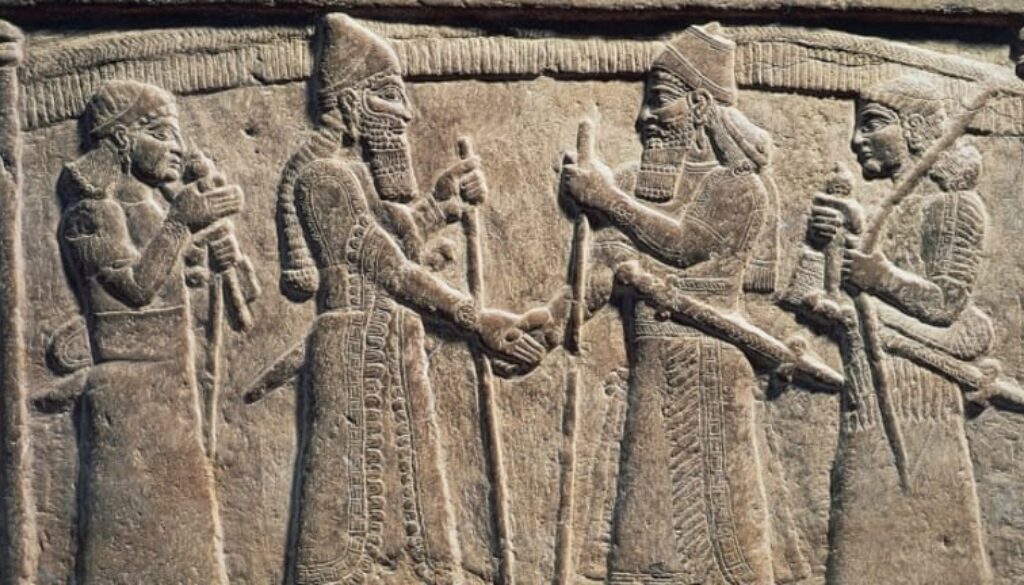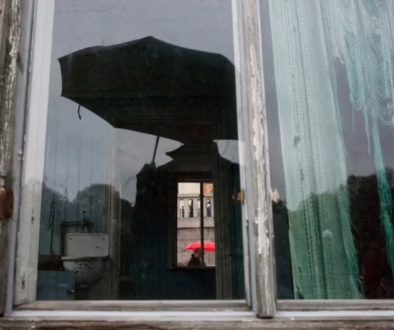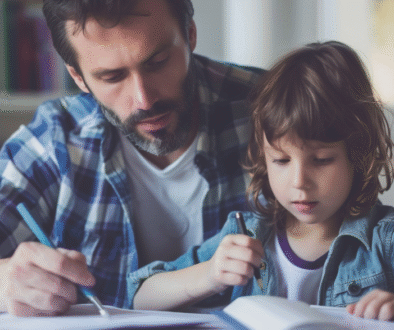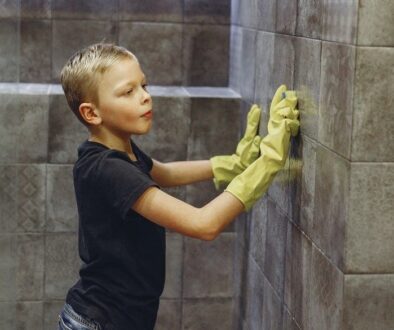Nice to Meet You, But How to Greet You?
By Aparna Mele MD
The handshake is deeply rooted in history. It is believed the gesture became common in the Middle Ages to show that an individual was not carrying a weapon in their hand. It has been historically suggested that the up-and-down motion of the handshake was supposed to dislodge any knives or daggers that might be hidden up a sleeve. Another theory is that it was a way to show goodwill through touch, a symbol of good faith when making an oath or promise. When they clasped hands, people showed that their word was a sacred bond. One of the earliest depictions of a handshake is found in a ninth century B.C. relief, which shows the Assyrian King Shalmaneser III shaking hands with a Babylonian ruler to seal an alliance. The handshake has been a greeting technique, a method of agreement, and a parting gesture for centuries. Handshakes are a universal way to connect with others. No gesture has become the norm worldwide. This led to some awkward moments during the no-touch times of the early pandemic because no one knew what to do when meeting another person.
During the pandemic, many etiquette consultants around the world made the prediction that the handshake, a global and universal method of greeting others, would vanish forever due to fear of germ transmission. However, extensive studies and accumulated evidence over the course of the pandemic have improved scientific understanding about the virus. Studies and investigations of outbreaks all point to the majority of transmissions occurring as a result of infected people spewing out large droplets and small particles called aerosols when they cough, talk or breathe, which can be directly inhaled by people close by. Surface transmission, although possible, is not thought to be a significant risk. In fact According to research conducted at Tufts University, the risk of contracting COVID-19 from touching a contaminated surface is less than 5 in 10,000.
The importance of this age-old custom of greeting and communication cannot be underestimated. Nothing else can truly replicate what we learn from human touch, So, after such a long hiatus of virtual meetings, business travel, in-person conferences and corporate retreats, and yes handshaking are becoming the norm again at last. So yes, we can shake hands again, but with some extra precautions. One should always be smart about who they shake hands with – pandemic or no pandemic. For example, if a person is coughing or showing signs of being ill, please do take a pass. And, the rules of good hand hygiene always apply, which means washing your hands regularly for 20 seconds with soap and water, especially before eating, and feel free to use a hand sanitizer liberally throughout the day when you cannot always wash your hands in water.
Consider the perfect business handshake: not flimsy, but not a death grip, and certainly not clammy. And if the research on the low transmission rate through touch does not ease your germ phobia, use an alternate greeting, such has a fist or elbow bump, a namaste, or if you are a Star Trek fan, the ‘live long and prosper’ greeting with the split fingers.. But whatever your alternative greeting might be, always be intentional about it, explain why you are not shaking hands, and show sincerity and assuredness. The key is to do what you’re comfortable with, whether it’s a handshake, a hug with a loved one, or an elbow bump. If you do it with kindness, your good intentions will show.
References:
https://www.nature.com/articles/d41586-021-00251-4
https://www.history.com/news/what-is-the-origin-of-the-handshake



